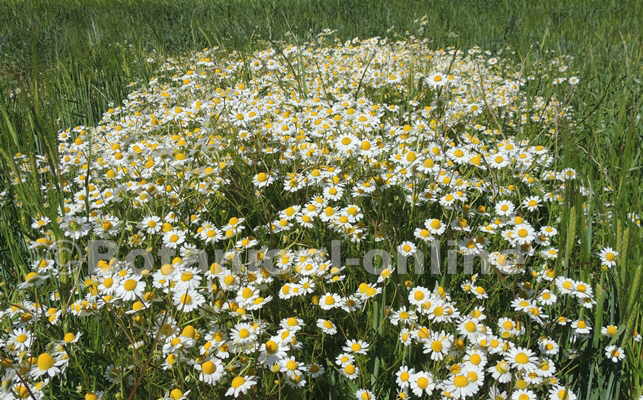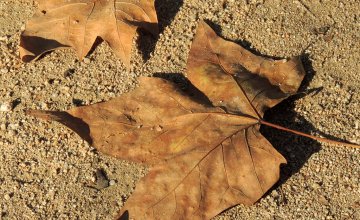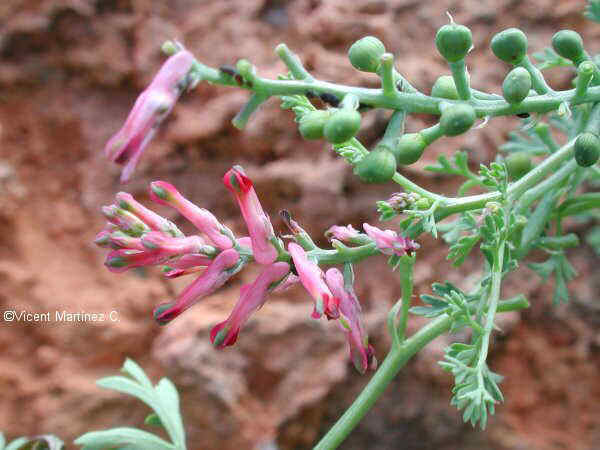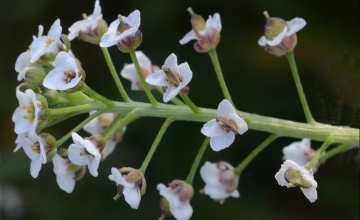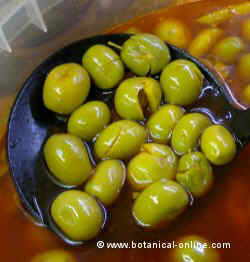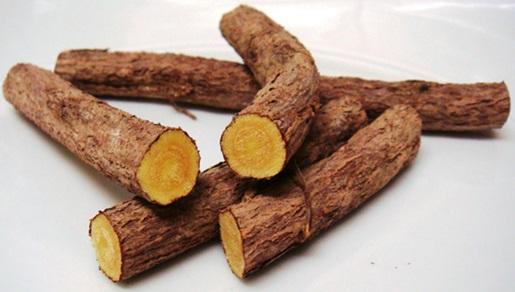Contents
How to grow sorrel
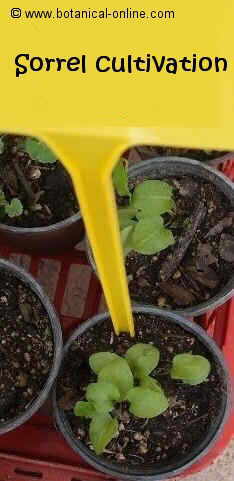 |
 Plant characteristics
Plant characteristics
– Herbaceous perennial plant of the Polygonaceae family
– Basal leaves in rosette. In summer, flowering stem appears, reaching 90 – 120cm. high. It branches at its top.
– Alternate, entire leaves. Basal leaves are oblong and large. Leaves on the flowering stem are sessile and clasping the stem.
– It blooms from May to June.
– Sorrel is a diocious plant (there are male plants and female plants), with small, green flowers arranged in panicles. The male flowers are greenish; female, reddish. They are pollinated by the wind, and fill with fruit in summer.
– Sorrel seeds are achenes 2.5mm, with trigonal form.
 Sorrel watering and location
Sorrel watering and location
– Sorrel plants belong to cold and temperate climates. Frost resistant up to -5.
– Optimum temperature 16 -18.
– It can grow in full sun, in semi-shade and shade.
– it Prefers moist and sheltered places.
 Soil
Soil
– Sorrel is a relatively easy to grow plant, because it grows in most soils.
– Soil: grows in light, fresh, sandy loam or clay and soil rich in organic matter.
– Soil reaction: pH of acidic soil.
– It is a nitrophilous plant, so it is favored by rich-humus soil and well fermented manure.
SORREL CULTIVATION CALENDAR
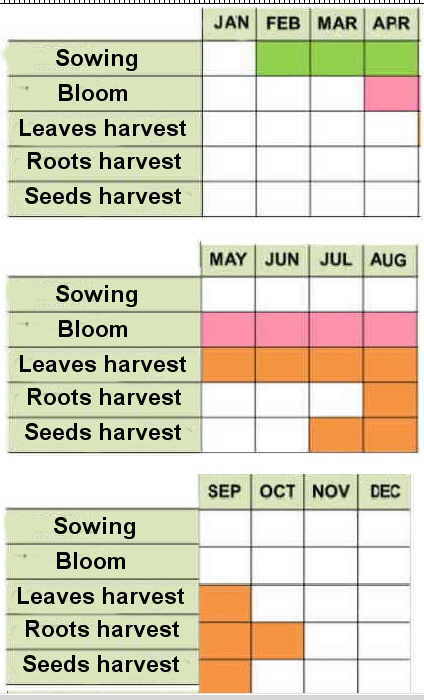
Tillage
– Preparing the ground at least 1 month before planting: Deep and well-fertilized
– Plant seeds in situ in February – March.
– Germination takes places in 10-15 days.
– The leaves can be harvested up to 8 weeks after planting and every 20 days until September.
– Cut the flowering stem will encourage leaf production.
– Propagate in the spring by division of clumps from the root (separating a whole stem from the rhizome).
– If you want to harvest the seeds, sorrel is a dioecious plant, so it requires to be pollinated by male plants.
 Diseases and pests
Diseases and pests
– Hepialus humili: butterfly that feeds on the roots of this plant.
– Aphids
– Snails and slugs.
![]() More information about sorrel.
More information about sorrel.

 Sorrel watering and location
Sorrel watering and location Soil
Soil